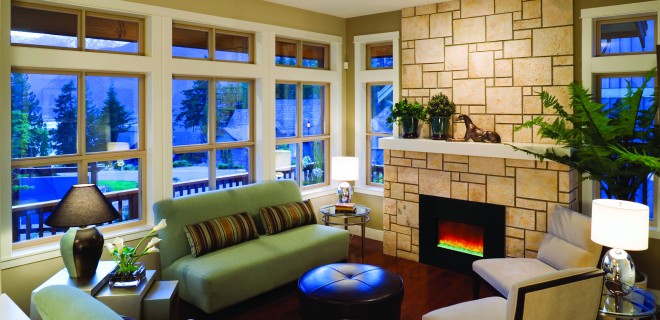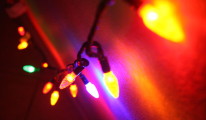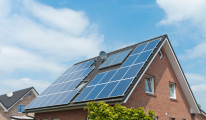![CleanGreen_Amantii-BLT-IN-62-Blue-Blk-Room-Couch[1] resized](http://www.thehomeimprovementadvisor.com/wp-content/uploads/2012/12/CleanGreen_Amantii-BLT-IN-62-Blue-Blk-Room-Couch1-resized-250x174.jpg) As we become more aware of our impact on the environment, it is time to question our choice of fireplaces for our home. Governments in both the U.S. and Canada are passing laws that limit or prohibit the burning of coal, wood, and even natural gas as fuels for fireplaces. With that in mind, let’s examine the ‘green’ merits of an electric fireplace.
As we become more aware of our impact on the environment, it is time to question our choice of fireplaces for our home. Governments in both the U.S. and Canada are passing laws that limit or prohibit the burning of coal, wood, and even natural gas as fuels for fireplaces. With that in mind, let’s examine the ‘green’ merits of an electric fireplace.
Efficient use of resources: For at least a generation, we’ve been told that it is more cost-effective to heat our homes with gas than with electricity. This has translated into an expectation that a gas fireplace is also an efficient way to enjoy a fire. While gas does burn ‘clean’, it takes an abundance of it (30,000 to 40,000 BTU’s for a typical fireplace; more for oversize models) to create a nice-looking, realistic flame. Due to the amount of gas being burned, there is also heat being produced, often more than is required for main floor rooms in a typical home. And because a gas fireplace must be vented, some heat is always lost out the vent or chimney.
Compare this to the ability of electric fireplaces to create a comparable flame effect with mere pennies worth of electricity. Because the heating element is separate from the flame generation on an electric fireplace, the heat is much more controllable than on a gas fireplace. In fact, the flame can be enjoyed without any heat at all. When we do want heat from an electric fireplace, the heat level can be set to a comfortable temperature, and turned off when heat is no longer desired. No heat is lost up the chimney, because no venting is required for an electric fireplace – they are 100% efficient. With the heater turned on, an electric fireplace generates 4000 to 5000 BTU’s, enough to take the chill off a space up to 400 square fee, without overheating the room.
Zone Heating: Industry experts refer to ‘zone heating’, whereby a homeowner can use a fireplace to comfortably heat the room they are using, without heating areas they aren’t using or which are already warm enough. Because of the lower heat output and better control over the heat, electric fireplaces are particularly good at zone heating.
While a gas fireplace may also be used for zone heating, many owners of gas fireplaces find that they need to shut down the fireplace when it gets too hot for comfort, especially when it triggers the furnace thermostat to turn off the furnace in the rest of the house. When it comes to zone heating, gas fireplaces perform best in basements or other areas of the home that are unusually cold and are much larger than 400 square feet.
LED lighting replacing incandescent. Many electric fireplaces have switched from incandescent light bulbs to LED’s, to generate the light effects and flames. This means that the homeowner will never have to change lightbulbs in their electric fireplace, making the fireplace virtually maintenance free. This also makes the fireplaces more energy-efficient, reducing their use of electricity to less than a penny per hour.
Indoor Air Quality. Electric fireplaces have no negative impact on the air quality inside your home, because there is nothing burning, and no fumes are created. In fact, some models have air filters that clean the air as it cycles through the room.
If environmental impact is of concern to you and your family, be sure to raise these issues with your fireplace dealer.
Click here for more information on stylish fireplaces.





